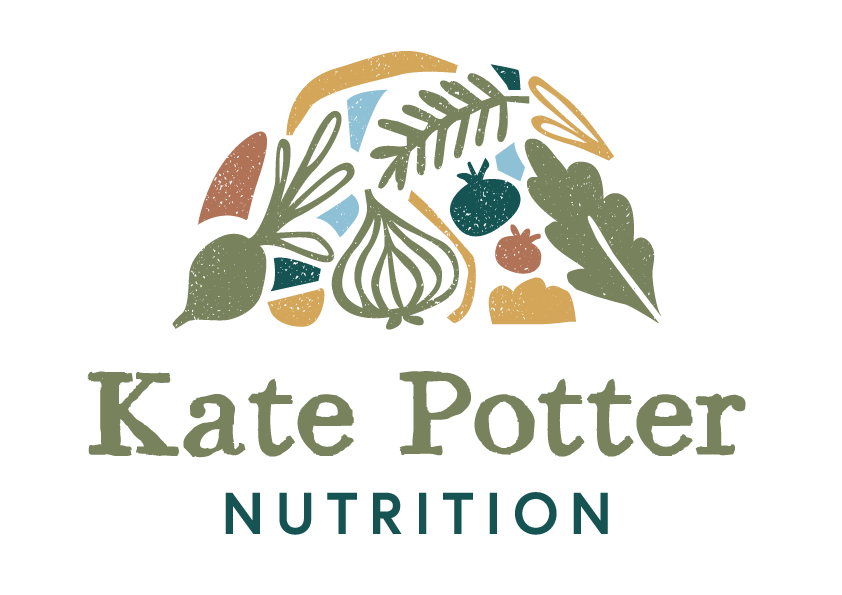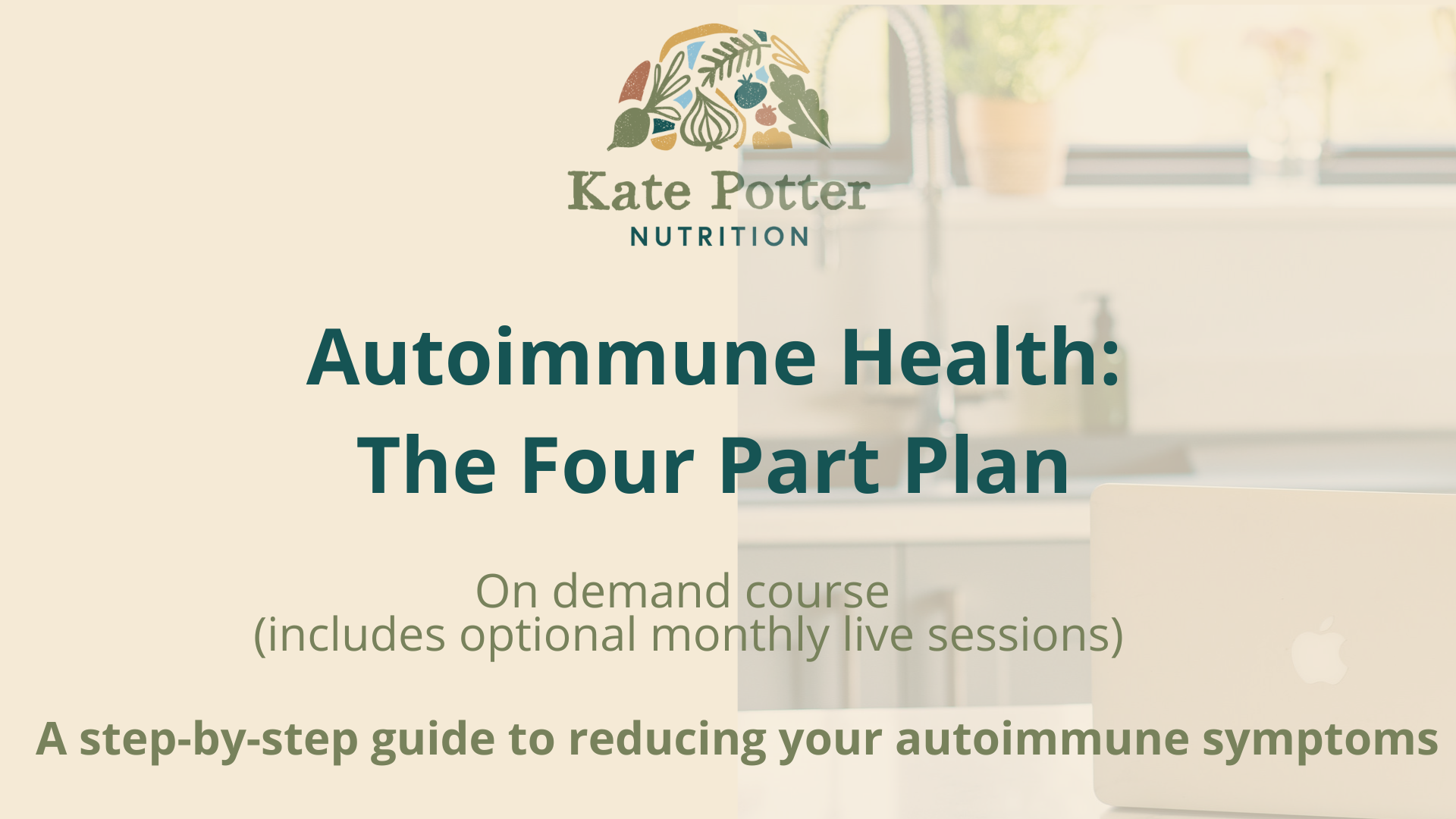What’s the link between gluten, dairy and autoimmune health?
Restricting our diets is incredibly off-putting to most people. It’s not just the hassle of looking more carefully at what we’re eating, having to make adjustments, and suffering the social implications that come with not ‘fitting in’.
At the heart of our resistance to restrictions is an ingrained sense that anything provided by nature must be good. Surely a little of everything in moderation is fine?
Well it’s a great question.
So why might it be worth considering avoiding gluten and dairy if you are struggling with autoimmune symptoms?
Autoimmunity occurs when our inflammation levels increase significantly and as a consequence our immune systems become less tolerant. For those of us prone to autoimmunity, our immune systems can start to attack our own tissues. For example, in autoimmune alopecia, the immune system no longer recognises the hair follicles and attacks them, disrupting normal hair growth. Or in Hashimoto’s, the immune system fails to recognise thyroid tissue as safe and begins to attack it, reducing its ability to produce thyroid hormone.
Anything we can do to lower inflammation can help our immune systems to regain tolerance towards our own tissues.
One of the largest contributors to inflammation is food intolerances. Every time our immune systems react to certain foods because it believes they are unsafe, more inflammation is created.
A vicious circle can develop; the higher our inflammation levels, the less tolerant our immune systems become, the more we react to foods.
This vicious circle can be sparked more easily in those of us prone to autoimmunity, due to genetic and environmental factors affecting the nervous, detoxification and digestive systems.
Gluten and dairy are two of the most allergenic foods in our diet. (This is why they are always highlighted in ingredient lists.) This simply means that when our inflammation levels are high, these are two of the substances that our immune systems are most likely to start reacting to.
They are not only the most allergenic, they are two of the most commonly occurring substances in our food. Most of us eat them multiple times per day. For some of us, we may virtually never eat a meal that doesn’t contain them. This dramatically increases the weight of their impact.
Not only are they top allergens. Both gluten and dairy have compounding reasons for potentially increasing inflammation. For some of us, gluten triggers an increased level of zonulin in the gut. This makes our guts hyper-permeable, meaning that inappropriate molecules can pass through the gut wall into our blood stream. When the immune system finds these in our blood, it doesn’t recognise them and reacts to them, increasing inflammation further. Dairy contains high amounts of sugar (lactose) which can disrupt gut bacteria, creating an environment that promotes excessive inflammation and further intolerances. There is some evidence that elements in cattle feed, and the medications cattle receive, can also contribute to the inflammatory effect of dairy.
When we want to improve our autoimmune health, we’re looking to create a critical mass of change that is enough to reduce inflammation and regain immune tolerance. For many people, it can be hard to do this without removing gluten and dairy for a time as part of a wider strategy.
Points to bear in mind if you are considering cutting out gluten and dairy
Do it as part of a wider strategy for better results
When we are trying to improve our autoimmune health, we often need to combine several interventions simultaneously and maintain them for long enough to actually see a difference. So if we’re going to go to the trouble of cutting out gluten and dairy, it would be worth trying to implement additional steps that regulate our digestive, metabolic and nervous systems at the same time. These extra steps are relatively easy to achieve, relative to cutting out gluten and dairy, so it makes sense to add them on as it is likely to give a much higher success rate. You are likely to need support from a registered nutritionist to do this effectively (make sure they are a registered nutritionist as anyone can call themselves just a nutritionist).
Be consistent
While the approach to cutting out dairy can be a little relaxed (eg a small amount of dairy once a fortnight will not set most people back), the approach to cutting out gluten must be more rigorous to reap the benefits. Reducing it simply will not make a difference.
Timescales
If cutting out dairy helps your symptoms, you will likely notice a benefit within days, certainly a couple of weeks. By contrast, while some people will notice a benefit to cutting out gluten within a couple of weeks, for many it can take a few months. The longer you cut it out for, the more benefits you are likely to notice. It’s worth noting that some people can only really be sure that it has helped once they add it back in, and notice symptoms returning.
Oats
If you are going to go to all the trouble of cutting out gluten, it is definitely worth considering cutting out all oats too, even gluten free oats. Oats contain a protein called avenin which has a similar chemical structure to gluten. If the immune system has lost a lot of tolerance, it tends not only to react to top allergens like gluten, but also molecules that are very similar in chemical structure, like avenin in oats. It is very common for people who have already been cutting out gluten for a while to see a marked improvement in symptoms when they also start to exclude all oats, including gluten free oats (as these still contain avenin, just not gluten).
Think about what you replace them with…
One of the main reasons why research into dietary changes is so hard to conduct, is that whenever you take foods out, you add other foods in. The benefits from restricting gluten and dairy may be compromised if you add in foods that contribute to inflammation in other ways. This may be ultra processed foods, or excessive amounts of foods high in histamine. Many people fall into the trap of damaging their metabolic health when cutting out foods as they don’t know what to replace them with. So getting support from a registered nutritionist is important to avoid the many pitfalls out there.
No food intolerance test is comprehensive or infallible
Food intolerance testing can be misleading. The quality varies hugely and it is expensive. There are also many types of immune reactions to look at and no one test covers them all. For example, a coeliacs test only looks at an IgA reaction to gluten. But many other types of immune reaction to gluten are possible, such as IgG, IgE or complements. It’s also worth knowing that a coeliac’s test is only valid if gluten has been regularly consumed for at least six weeks leading up to the test, and only if a total IgA test is performed alongside. Always understand the limitations of the test, and interpret the results within the context of your symptoms. You will need professional support to do this properly.
With time, the benefits spread beyond the gut
While some benefits may start to show within days or weeks, it’s worth knowing that the longer you continue, the more your symptoms may improve. Reducing inflammation gradually allows other systems to function better, such as detoxification, metabolism, digestion and the gut microbiome, hormonal health, as well as the nervous system. Reducing inflammation has far reaching effects because our systems are all connected to each other. The positive effects can take at least six months to show up fully, often longer.
Know what signs to monitor
It’s worth knowing what early improvements to look out for, so that you don’t miss signs that it is working for you. Common early improvements include better energy, improved mood and less gas, bloating and constipation. Other changes are more specific to individuals, for example itchy skin and sinus problems, or menstrual cycle regularity, may improve a little further down the line. Often the symptoms specific to our condition, such as hair loss in alopecia or joint pain in RA, can be slower to improve. This is why it’s so important to know what early positive signs to look out for, so that we know the changes are working and it is worth continuing with them.
It offers a chance to broaden your diet
Ironically, cutting gluten and dairy out can widen our diets if we do it well. They take up such a large proportion of our diets that they crowd out foods which used to be commonplace and would contribute to gut health. Gluten doesn’t contribute nutritional value. While arguably its fibre content is useful, it is far more valuable to our gut health to replace gluten with a combination of other grains such as fonio, millet, wild rices, quinoa, etc. Dairy nowadays is nutritionally poor, since most cows are no longer allowed to graze on high quality grass, instead being fed on poor quality grains and various medications. Plant foods are a high source of calcium. Crucially, maintaining calcium levels is more dependent on the gut’s ability to absorb calcium (which is can do much better when inflammation levels are low), than on calcium intake itself.
The initial change is the hardest part
Cutting out gluten and dairy can feel overwhelmingly difficult at first, but it’s worth knowing that this initial phase is the hardest part. Once you get settled in a new routine, things get easier rather than harder, as long as you have had the right support.
Addressing food intolerances is often the hardest part of tackling autoimmune conditions. We need to accept that we have limited energy and focus, and so we need to use them well. It makes sense to:
do it correctly from the start (consistency and detail);
do it alongside other (easier) steps relating to metabolic, digestive and nervous system health as this will significantly boost your chances of success;
get help with filling the gaps left by gluten and dairy in a positive way;
know what early positive signs to monitor that show you are on the right track; and
maintain it for long enough so that the full benefits can show through.
I explain how to do all of this in easy steps in my on-demand course The Four Part Plan.
It’s a cost-effective way to work through the steps to better autoimmune health. It contains the fundamental advice that everyone with autoimmunity needs to know and is equivalent to at least six one-to-one sessions.
It shows you how to pick out the steps that will be most relevant to you and how to adapt them to suit you.
I offer a 48-hr free trial so you can have a look round and start watching the videos to check it’s right for you.
You can also find out about working one-to-one with me here.

